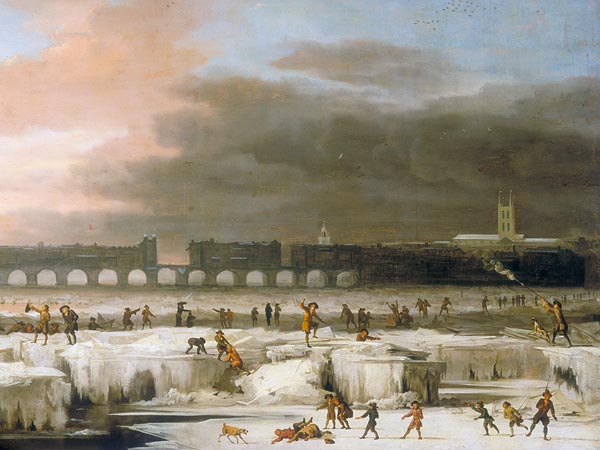
© Abraham Hondius via Heritage Images/CorbisPainting - London's River Thames, frozen over in 1677.
Pockmarked with wars, inflation, famines and shrinking humans, the 1600s in Europe came to be called the General Crisis.
But whereas historians have blamed those tumultuous decades on growing pains between feudalism and capitalism, a new study points to another culprit: the coldest stretch of the climate change period known as the Little Ice Age.
The Little Ice Age curbed agricultural production and eventually led to the European crisis, according to the authors of the study - said to be the first to scientifically verify cause-and-effect between climate change and large-scale human crises.
Prior to the industrial revolution, all European countries were by and large agrarian, and as study co-author
David Zhang pointed out, "In agricultural societies, the economy is controlled by climate," since it dictates growing conditions.
A team led by Zhang, of the University of Hong Kong, pored over data from Europe and other the Northern Hemisphere regions between A.D. 1500 to 1800.
The team compared climate data, such as temperatures, with other variables, including population sizes, growth rates, wars and other social disturbances, agricultural production figures and famines, grain prices, and wages.
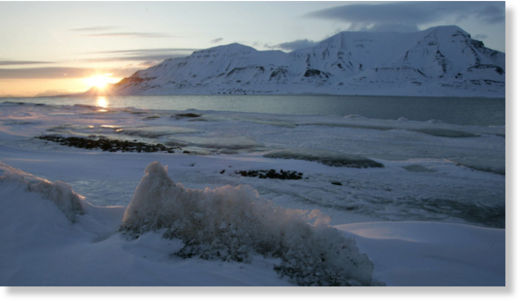
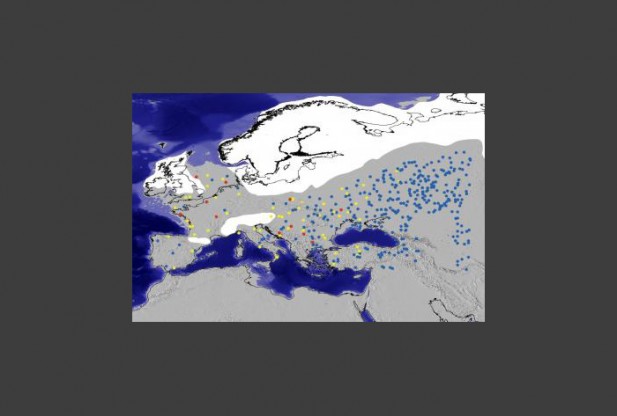
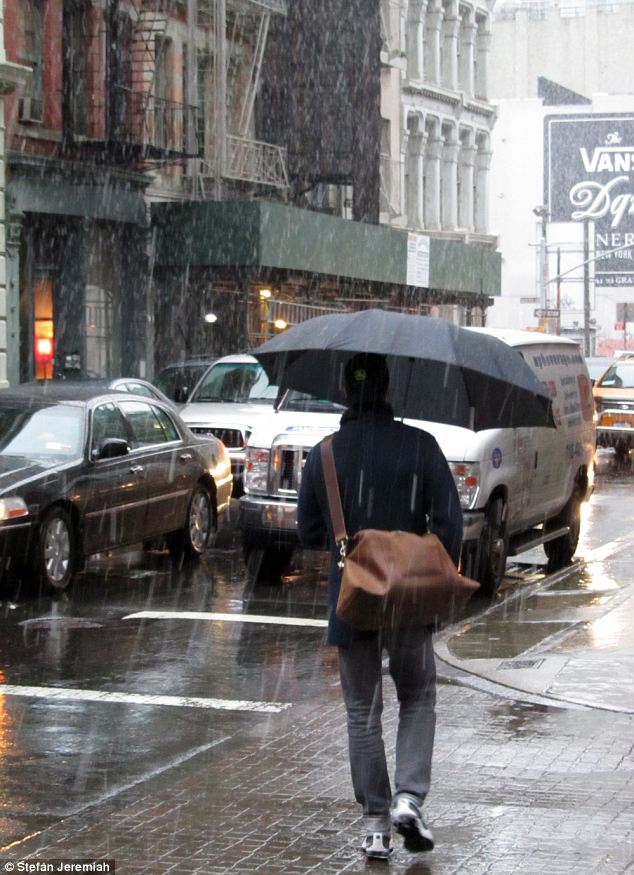
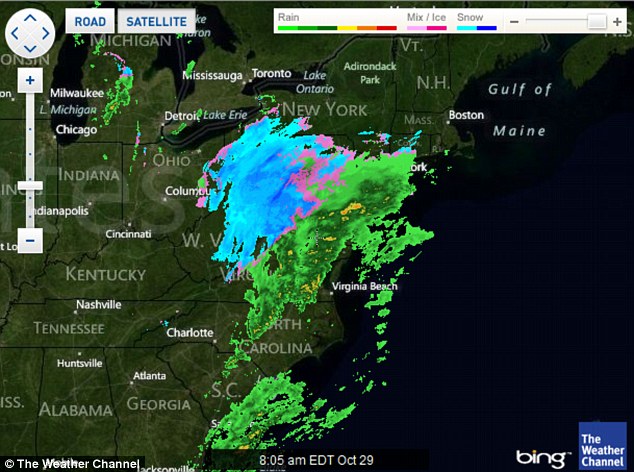
Comment: The public should be sceptical - the money behind this phony "science" knows full well that this is all a distraction and deliberate diversion of public funds, away from those areas of scientific research where funding and attention is desperately needed, like working out how to screen for psychopathology from ALL positions of social responsibility and developing mitigation and preparedness systems in the event of imminent Earth Changes and the Sixth Extinction awaiting humanity at the bottom of the looming cliff, not to mention the fact that an Ice Age is coming.